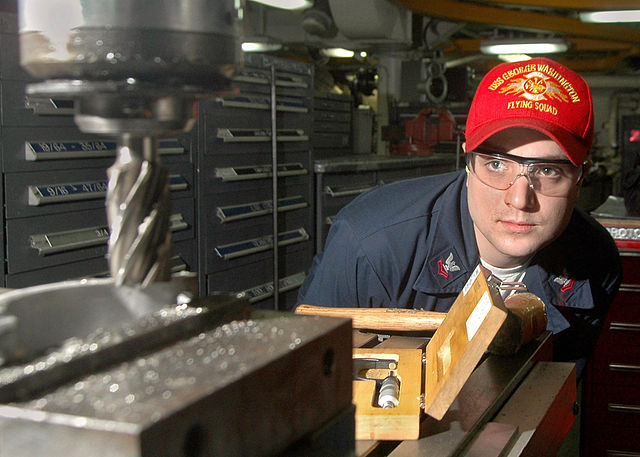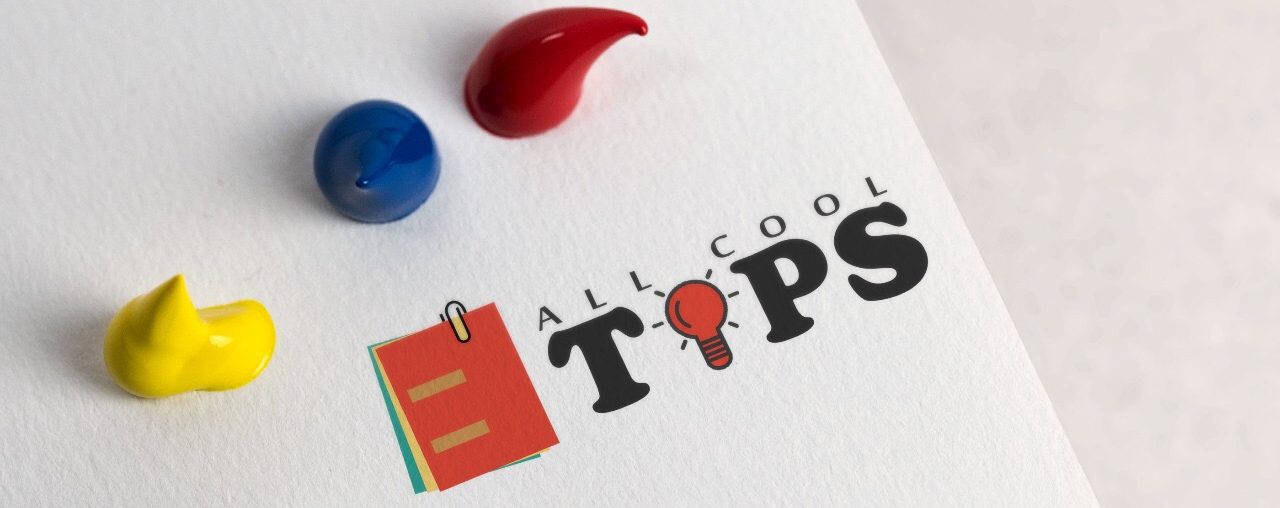As an employer, you have certain obligations to your employees. One of those obligations and perhaps the most important, is to provide a safe working environment. Depending on your environment, the standards for safety can change. Since the most dangerous environments without regulation tend to be in manufacturing, that’s what we’re going to take a look at. Here’s what you can do to make your business a safer place for your workers.
Air quality
Not often one of the most readily considered of hazards. Still, having proper air quality and control in vital in manufacturing facilities. Air pollution can cause illness, nausea and lightheadedness, leading to higher accident rates. This can be particularly dangerous in hot summers, even leading to exposure. Air conditioning and ventilation are two of the key ways to make sure your workers have proper air to breathe.

Slips, trips and falls
By far the most common of accidents in all walks of life is the potential for a slip, trip or fall. Accidents do happen and people will trip without much outside assistance. However, you need to make sure your workplace isn’t making this all the more likely. Make good housekeeping practices that all workers need to follow and assign an overseer. This overseer can delegate cleaning and keep an eye on potential obstacles. Adequate lighting is also a necessity.
Dealing with fire hazards
You never know where a fire might come from in the workplace. That’s why you need to be vigilant in spotting fire hazards within and outside the assembly line. Damaged electrical equipment is going to be your number one culprit. Make sure combustible trash is kept far away from any of this equipment, too. Any equipment you get should come from a nationally approved evaluation and be replaced when you suspect faults. Finally, practice fire drills often. It may get in the way of productivity, but it’s more important.
Dealing with hazardous materials
When working in a factory, it’s not unusual to have a certain amount of hazardous by-product or to make use of chemicals that could be harmful. With these, you need to be more careful than ever. Ensure anyone handling dangerous chemicals is fully qualified. Make sure you supply them with chemical storage buildings so they don’t pose a risk even when they’re not being used, too.

Tools and machinery
In an industrial setting, most of your workers will be hands-on with their tools and machinery. It’s important you drill safe use of equipment into their heads early and often. There’s a whole list of guidelines that you need to remind them of constantly, as annoyed as they may be with them. Flippancy with tools is an easy trip to workers’ compensation.
The gear
Safety gear is a huge part of creating a safe work environment. Not just with chemicals. Evaluate your workers’ use of safety gear often and retrain them when they need it. A safety bulletin board in the workplace can keep reminders of what gear is needed in what areas, too.




